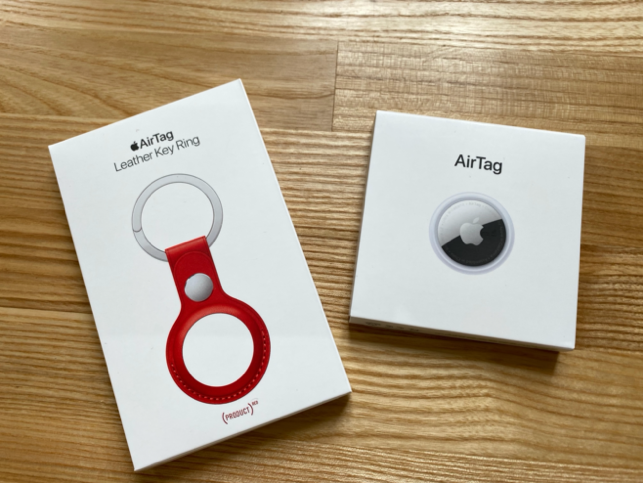
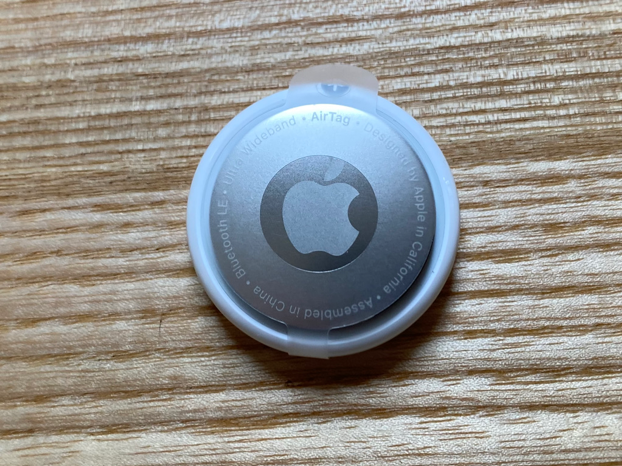
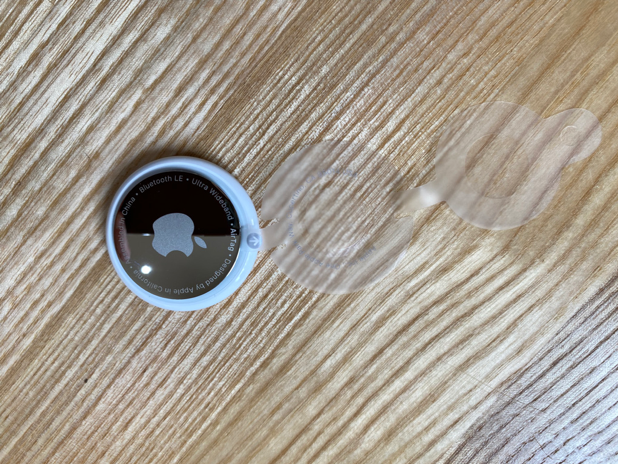
How to set-up an Apple Airtag
Next comes activation and registration to your Apple account.
Step One : Bring the Airtag near your iPhone to trigger activation and registration to your Apple account, much like setting up Airpods.
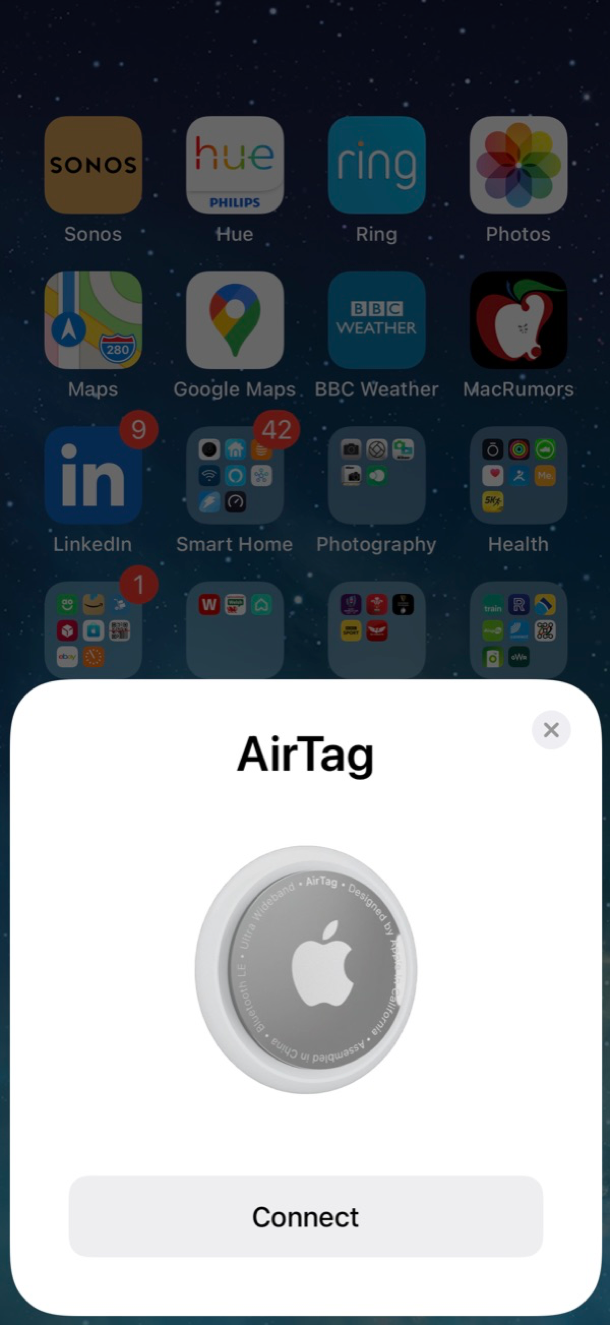

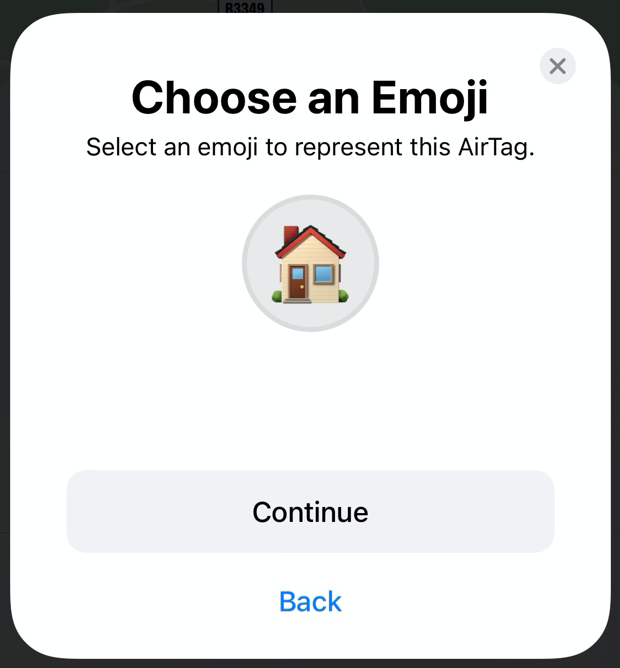
Finding my keys with the Airtag
However, the real test is how easy it is to find the item when it is lost. My Tile experience – rather more frequent than I would like – is pretty good. I can get close to the item and then trigger it to make a noise, using that to find its exact location. There is no real guidance other than an indication of whether you are getting closer or further away from the item in the app itself. The exact direction and distance are vague. This is because it is relying on Bluetooth signal strength alone. Airtags, in conjunction with an IPhone 11 or above – that have the U1 chip can provide much more precise help in finding those lost keys.
So, my house keys have gone missing, and to find them I fire up “Find My” on my iPhone. Having seen my keys are nearby I tap the emoji on the map and get a screen showing that they are somewhere close by – 15ft. At this point I still don’t know in which direction.
After a very short time I get some real directions and following them I get close
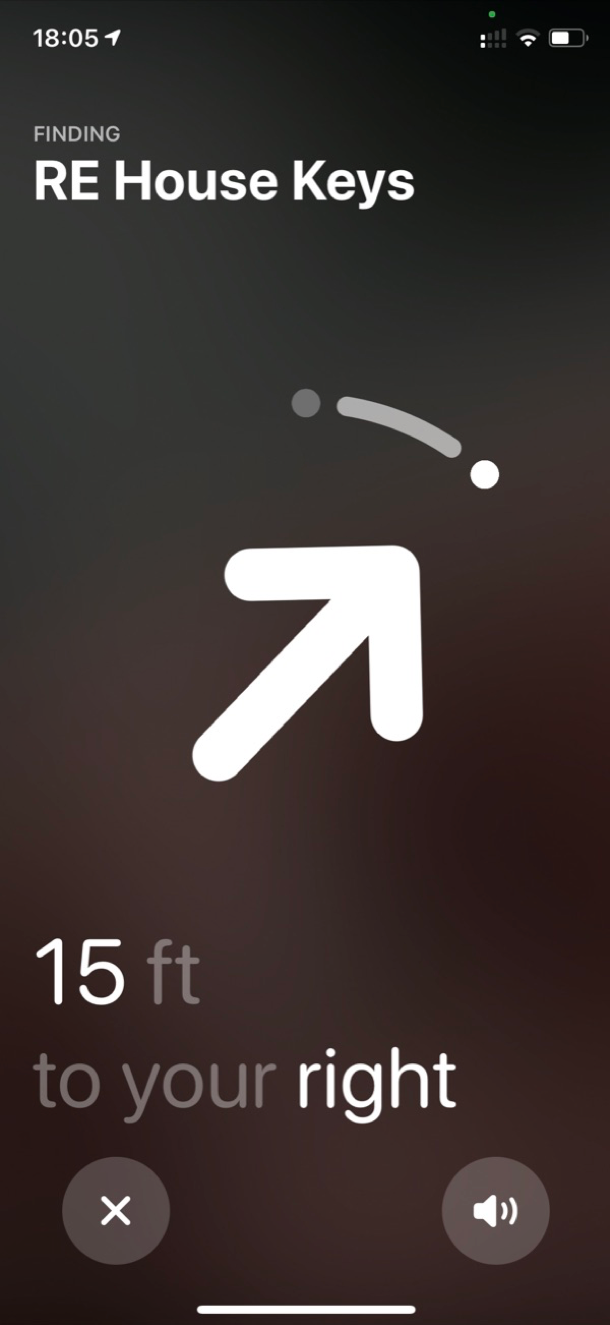

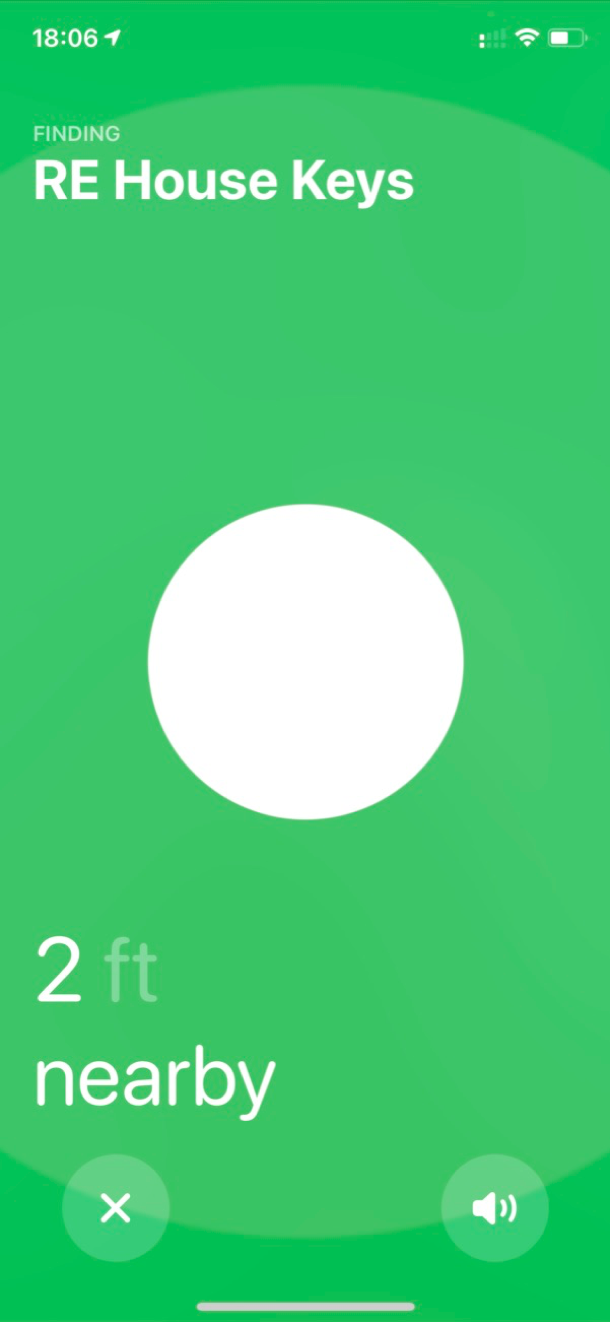
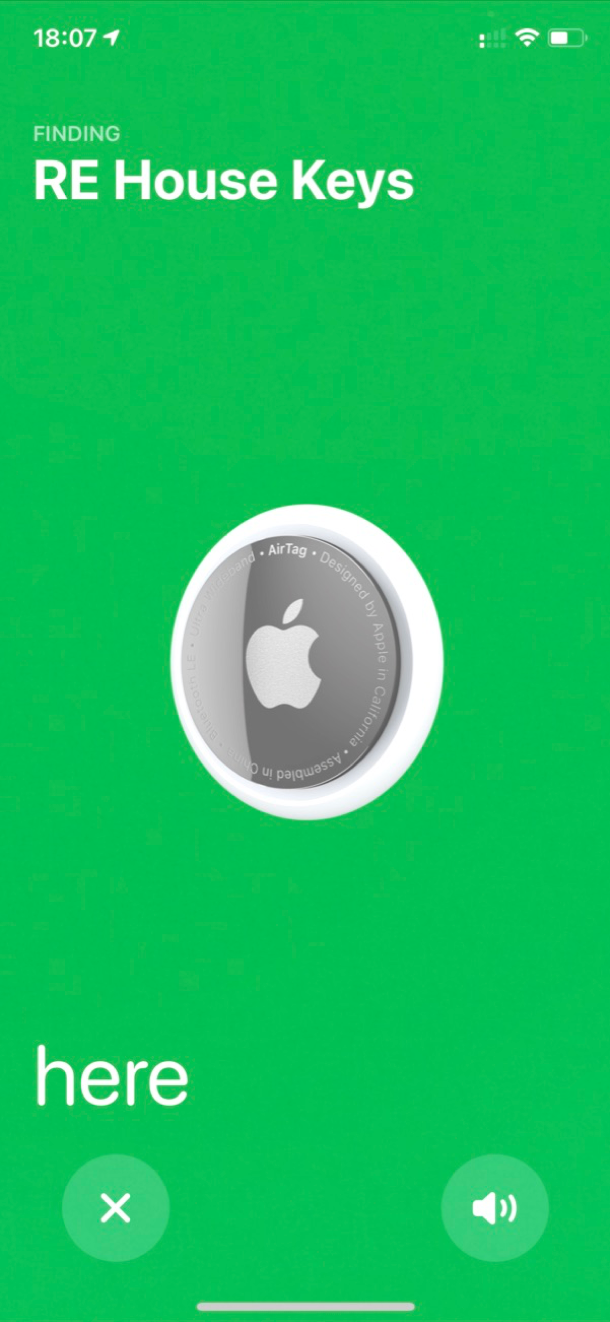
Now, it is possible they are still not visible, hidden beneath the Office Assistant’s lead – it has happened. At that point, you can also get the Airtag to make a noise, much like Tile, and use that to finally track things down. It is important to mention that the direction indicator also includes up and down – helpful when looking for items over more than one floor.
For me, Airtags are a great step forward. The precision find capability is a major benefit as it removes a lot of frustration trying to finally locate the missing item. However, it needs the U1 chip capability in the last two generations of iPhone to work, without that the Airtag relies on Bluetooth, the same as Tile.
A further consideration is the form factor. Tile comes in a range of formats to suit a range of applications. I like the credit card-sized Tile that neatly fits a wallet, and others have a loop to attach them directly to key rings. The same is not true for Airtags. Apple have decided there is only one form factor. Whilst it is small it has no independent means of attaching it to a keyring. You have to buy a specific accessory, either directly from Apple or a growing number of third parties.
Airtags have replaceable batteries which is a plus. Some Tile form factors are the same, but there are a number that do not allow battery replacement – such as the credit card form factor. That means that once the battery has expired – around 2 years – the device is finished, not at all sustainable.
That leads us to the cost. There is little difference between Airtags and Tile head to head, but when you add the cost of the accessory needed to attach one to your keyring or bag the cost escalates.
In conclusion, The Apple Airtag is a great step forward for those of us who make the need to find mislaid vital small items a way of life. Precision find is the way forward and I am sure will become mainstream as an increasing percentage of the smartphone population are equipped to support it. The cost of accessories to attach Airtags is an issue, but it will be temporary as the aftermarket has shown with so many other items, such as phone cases.
Now, where did I put those car keys?


